Kingdom Animalia Order Carnivora Genus Vulpes Scientific name Vulpes vulpes Higher classification Red fox | Phylum Chordata Family Canidae Species V. vulpes Rank Breed | |
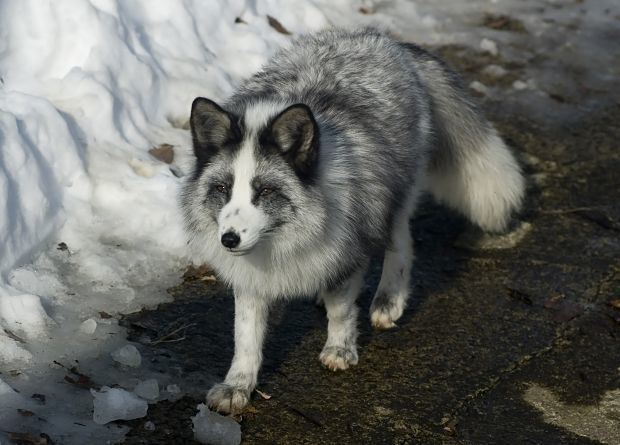 | ||
Similar Red fox, True foxes, Kit fox, Canidae, Mammal | ||
The Russian domesticated red fox is a domesticated form of the red fox (Vulpes vulpes). As a result of selective breeding, the new foxes became tamer and more dog-like.
Contents
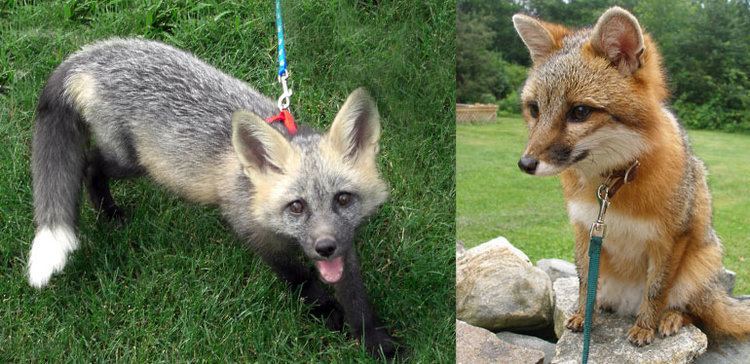
The result of over 50 years of experiments in the Soviet Union and Russia, the breeding project was set up in 1959 by Soviet scientist Dmitry Belyayev. It continues today at the Institute of Cytology and Genetics at Novosibirsk, under the supervision of Lyudmila Trut.
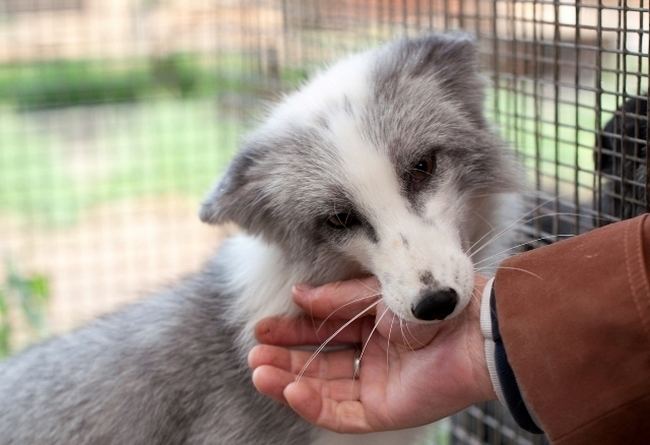
Initial experimentation
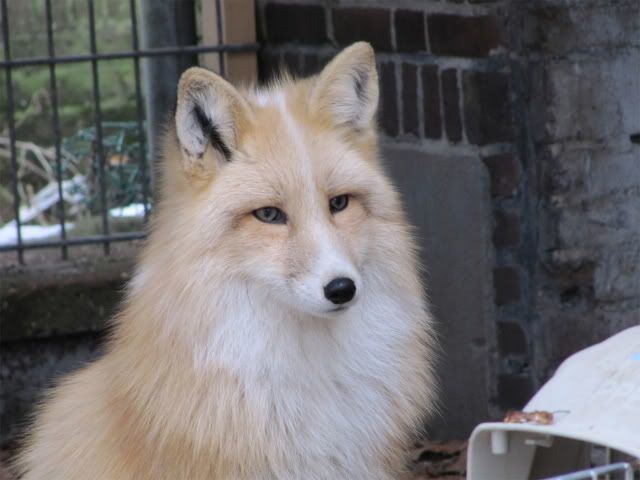
The experiment was initiated by scientists who were interested in the topic of domestication and the process by which wolves became domesticated dogs. They saw some retention of juvenile traits by adult dogs, both morphological ones, such as skulls that were unusually broad for their length, and behavioral ones, such as whining, barking, and submission.
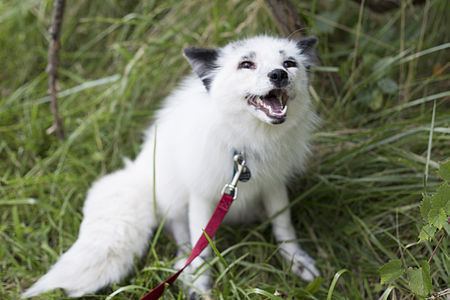
In a time when centralized political control in the fields of genetics and agriculture promoted Lysenkoism as an official state doctrine, Belyayev's commitment to classical genetics had cost him his job as head of the Department of Fur Animal Breeding at the Central Research Laboratory of Fur Breeding in Moscow in 1948. During the 1950s, he continued to conduct genetic research under the guise of studying animal physiology.
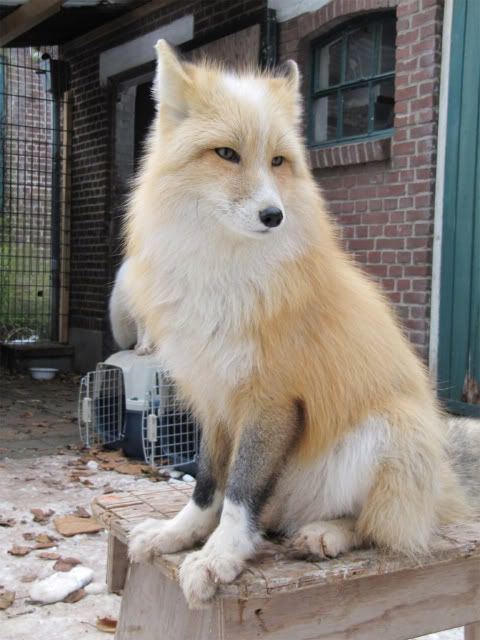
Belyayev believed that the key factor selected for in the domestication of dogs was not size or reproduction, but behavior: specifically, tameability. Since behavior is rooted in biology, selecting for tameness and against aggression means selecting for physiological changes in the systems that govern the body's hormones and neurochemicals. Belyayev decided to test his theory by domesticating foxes, in particular, the silver fox, a dark color form of the red fox. He placed a population of them under strong selection pressure for inherent tameness. According to Trut:

The least domesticated foxes, those that flee from experimenters or bite when stroked or handled, are assigned to Class III. Foxes in Class II let themselves be petted and handled but show no emotionally friendly response to experimenters. Foxes in Class I are friendly toward experimenters, wagging their tails and whining. In the sixth generation bred for tameness we had to add an even higher-scoring category. Members of Class IE, the "domesticated elite", are eager to establish human contact, whimpering to attract attention and sniffing and licking experimenters like dogs. They start displaying this kind of behavior before they are one month old. By the tenth generation, 18 percent of fox pups were elite; by the 20th, the figure had reached 35 percent. Today elite foxes make up 70 to 80 percent of our experimentally selected population.
Belyayev and Trut believe that selecting for tameness mimics the natural selection that must have occurred in the ancestral past of dogs, and, more than any other quality, must have determined how well an animal would adapt to life among humans.
The result is that Russian scientists now have a number of domesticated foxes that are fundamentally different in temperament and behavior from their wild forebears. Some important changes in physiology and morphology are now visible, such as mottled or spotted colored fur. Many scientists believe that these changes related to selection for tameness are caused by lower adrenaline production in the new breed, causing physiological changes in very few generations and thus yielding genetic combinations not present in the original species. This indicates that selection for tameness (i.e., low flight distance) produces changes that are also influential on the emergence of other dog-like traits, such as raised tail and coming into heat every six months rather than annually. These seemingly unrelated changes are a result of pleiotropy.
The project also bred the least-tame foxes to study social behavior in canids. These foxes avoided human contact as do their wild behavioral phenotypes.
Similar research was carried out in Denmark with American mink.
Current project status
Following the demise of the Soviet Union, the project has run into serious financial problems. In 1996, there were 700 domesticated foxes, but, in 1998, without enough funds for food and salaries, the number had to be reduced to 100. Most of the project expenses are covered by selling the foxes as pets, but the project remains in a difficult situation and is looking for new sources of revenue from outside sources. In 2014, officials stated that the number of foxes was never reduced and is still stable at about 2,000. As of August 2016, there are 270 tame vixens and 70 tame males on the farm.
In another study published in Behavior Genetics, a system of measuring fox behavior was described that is expected to be useful in QTL mapping to explore the genetic basis of tame and aggressive behavior in foxes.
Morphology
Russian domesticated foxes exhibit a variety of coat colors, including red, silver (black), platinum, cross, and Georgian White, the lattermost being a color exclusive to the Russian breeding project.
